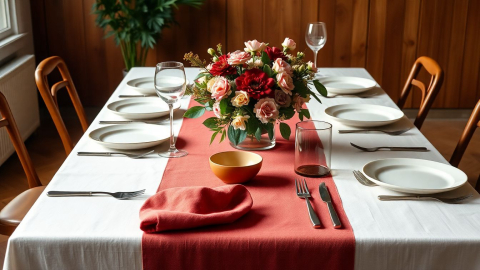Embracing the Warmth of Rustic Interior Design: A Modern Approach
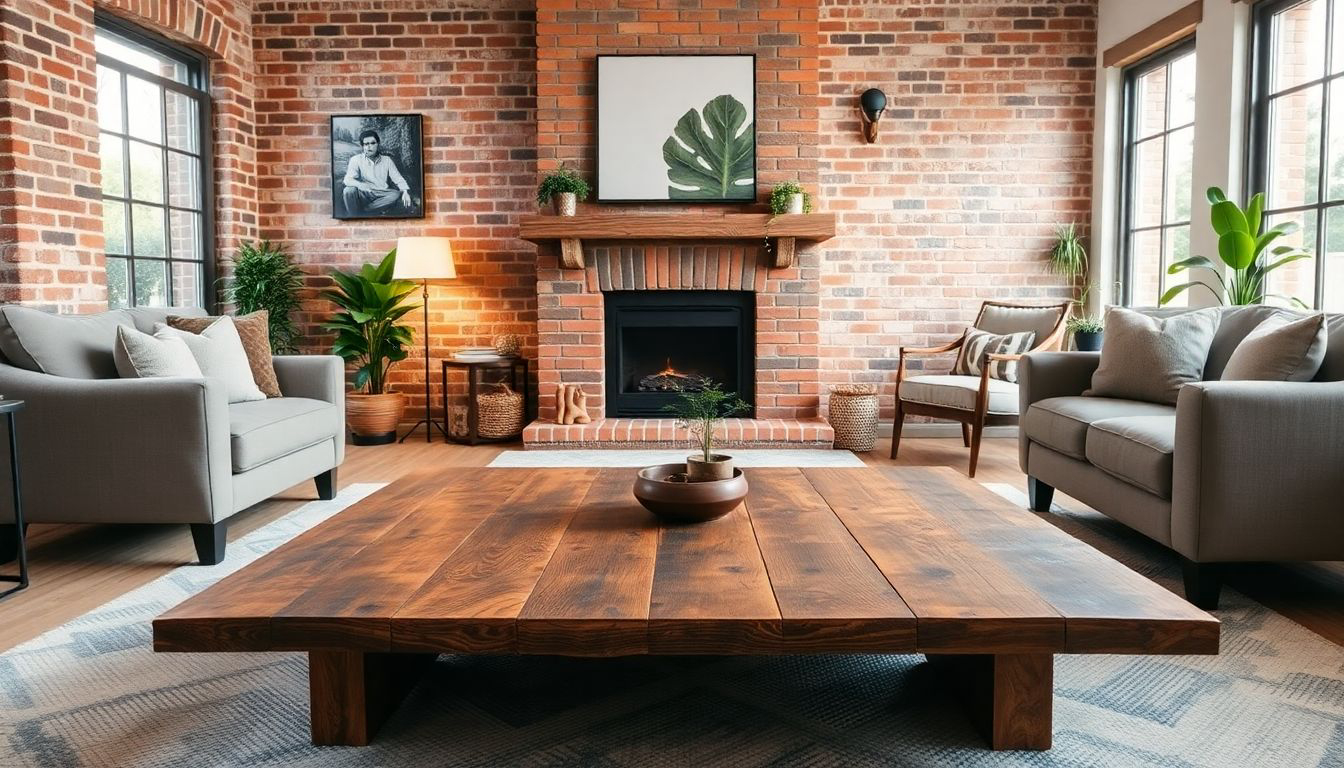
Rustic interior design has captured the hearts of homeowners and designers alike, offering a unique blend of comfort, authenticity, and timeless charm. This style, which draws inspiration from natural elements and traditional craftsmanship, has evolved to meet the demands of modern living while retaining its core essence. In this comprehensive guide, we'll explore the art of rustic interior design, its evolution, and how you can incorporate its warmth and character into your home, whether you live in a bustling city apartment or a countryside retreat.
The Essence of Rustic Interior Design
At its core, rustic interior design celebrates the beauty of natural materials and craftsmanship. It's about creating spaces that feel lived-in, comfortable, and connected to nature. As interior designer Katie Hodges explains, "Rustic design, at its core, is the use of organic elements in their most natural state." This philosophy translates into interiors that feature raw wood, stone, and other natural materials, often with minimal processing or refinement.
The Evolution of Rustic Style
Rustic design has come a long way from its roots in rural and traditional settings. Today, we see a fascinating blend of rustic elements with modern aesthetics, creating what's often referred to as "modern rustic" or "rustic modernism." This evolution reflects a broader trend in interior design that seeks to balance the comfort and warmth of traditional styles with the clean lines and functionality of modern design.
Key Elements of Modern Rustic Design
1. Natural Materials
The foundation of rustic design lies in the use of natural materials. Wood, stone, leather, and natural fibers like linen and wool are staples of this style. In modern rustic interiors, these materials are often used in their most authentic form, celebrating their imperfections and unique characteristics.
Tip: Incorporate reclaimed wood for shelving, flooring, or as accent pieces to add character and history to your space.
2. Neutral Color Palette
Rustic interiors typically feature a warm, earthy color palette. Whites, creams, browns, and grays dominate, creating a soothing backdrop that allows natural textures to shine. As Ashley Spencer, Principal and designer of Casart Coverings, notes, "White walls can provide a high contrast backdrop for furniture and vintage accessories to stand out in a modern rustic design."
3. Textural Contrasts
One of the defining features of modern rustic design is the interplay of textures. Rough-hewn wood might be paired with smooth stone, while soft linens contrast with rugged leather. This textural diversity adds depth and interest to the space.
4. Blend of Old and New
Modern rustic design excels at combining vintage or antique pieces with contemporary elements. This juxtaposition creates a space that feels both timeless and current. As Susan Young, an interior designer and home stager, suggests, "Choose modern or rustic where it makes sense in the design and functionality of the room, but make all of the choices work cohesively in terms of color palette."
5. Emphasis on Craftsmanship
Handcrafted items and artisanal pieces are highly valued in rustic design. Whether it's a hand-forged light fixture or a carefully crafted wooden table, these elements add authenticity and character to the space.
Incorporating Rustic Elements in Modern Spaces
Even if you live in a sleek urban apartment, you can still infuse your space with rustic charm. Here are some strategies to achieve a modern rustic look:
1. Focus on Texture
Introduce natural textures through textiles, such as wool throws, linen curtains, or jute rugs. These elements can soften modern lines and add warmth to the space.
2. Incorporate Natural Wood
Add wooden elements through furniture, flooring, or decorative accents. A reclaimed wood coffee table or a set of wooden shelves can instantly add rustic flair to a modern room.
3. Use Lighting to Create Ambiance
Lighting plays a crucial role in creating a rustic atmosphere. Opt for warm, soft lighting through table lamps, floor lamps, or pendant lights with natural materials like wood or metal.
4. Bring in Plants
Greenery is an essential element of rustic design, connecting the interior to the natural world outside. Incorporate potted plants, hanging baskets, or even a small herb garden in your kitchen.
5. Showcase Natural Stone
If possible, expose brick walls or incorporate stone elements through a fireplace surround or accent wall. These features add texture and a sense of history to the space.
The Philosophy Behind Rustic Modernism
The appeal of rustic modernism goes beyond aesthetics. It reflects a desire for authenticity and a connection to nature in our increasingly digital world. As Jonathan Steinitz observes, "Modern rustic spaces tell stories with texture, color, and accent pieces in ways brand-new furniture simply can't."
This style also aligns with growing interest in sustainability and eco-friendly design. By incorporating reclaimed materials and emphasizing natural, long-lasting elements, rustic modern interiors often have a smaller environmental footprint than those filled with mass-produced items.
Balancing Rustic and Modern Elements
The key to successful modern rustic design lies in striking the right balance between rustic charm and modern functionality. Here are some tips to achieve this balance:
- Keep the layout open and airy: Embrace the modern preference for open floor plans while using rustic elements to define spaces.
2. Mix materials thoughtfully: Pair sleek metals with rough wood, or smooth stone with textured fabrics.
- Incorporate modern technology discreetly: Choose appliances and electronics that blend seamlessly with the rustic aesthetic.
4. Use color strategically: While rustic palettes tend to be neutral, don't be afraid to incorporate pops of modern color through artwork or accessories.
- Focus on quality over quantity: Choose fewer, high-quality pieces that showcase craftsmanship rather than filling the space with decorative items.
Conclusion: Creating Your Own Rustic Haven
Rustic interior design offers a unique opportunity to create spaces that are both beautiful and deeply personal. By blending natural materials, traditional craftsmanship, and modern sensibilities, you can create a home that feels warm, inviting, and authentically you.
Remember, the goal of rustic design is not to recreate a log cabin in the woods (unless that's your dream!), but to infuse your space with elements that connect you to nature and tradition while meeting your modern needs. Whether you're renovating an entire home or simply looking to add a touch of rustic charm to your urban apartment, the principles of rustic design can help you create a space that feels both grounded and inspired.
As you embark on your rustic design journey, keep in mind the words of interior designer Allison Babcock: "You can create a rustic vibe in a modern room by using wood elements such as reclaimed wood beams and stone and keeping all finishes natural." Let this philosophy guide you as you craft spaces that are not just beautiful, but meaningful and enduring.
FAQs About Rustic Interior Design
Q: Can rustic design work in small spaces? A: Absolutely! Focus on key elements like natural textures, warm colors, and a few statement pieces. Use light colors to keep the space feeling open and airy while incorporating rustic touches.
Q: How can I add rustic elements without a full renovation? A: Start with accessories like wooden picture frames, woven baskets, or a reclaimed wood coffee table. Textiles like wool throws and linen curtains can also add rustic charm without major changes.
Q: Is rustic design only suitable for country homes? A: Not at all. Modern rustic design can work beautifully in urban settings, adding warmth and character to city apartments or modern homes. The key is balancing rustic elements with your existing space.
Q: How do I prevent rustic design from looking too cluttered? A: Focus on quality over quantity. Choose a few key pieces that showcase natural materials and craftsmanship. Keep the overall color palette neutral and let textures and materials be the stars.
Q: Can I mix rustic design with other styles? A: Yes, rustic design pairs well with many styles, especially modern and industrial. The key is finding common elements, like natural materials or neutral colors, to create a cohesive look.
References and Further Reading
- Country Style Decorating: Rustic Decorating Ideas For Urban Folks
- Get In The Spirit Of Fall With 8 Breathtakingly Rustic Homes
- What Actually Is Rustic Design?
- Modern + Clean Rustic Lodge Style — decor8
- 15 Modern Rustic Home Design and Décor Ideas
These resources offer a wealth of inspiration and practical advice for incorporating rustic elements into your home. Whether you're looking to completely transform your space or simply add a touch of rustic charm, these articles provide valuable insights and ideas to guide your design journey.
More Articles
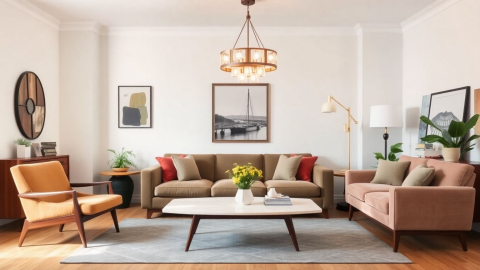
Vintage Style Interior Design: Timeless Charm Meets Modern Flair
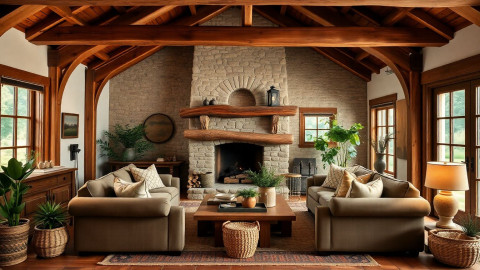
Farmhouse Interior Design: Blending Rustic Charm with Modern Comfort
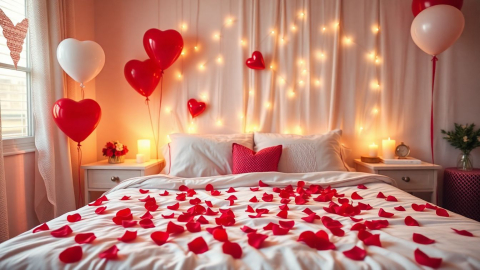
A Satirical Guide to Valentine Room Decoration: Because Love Needs Balloons and Roses
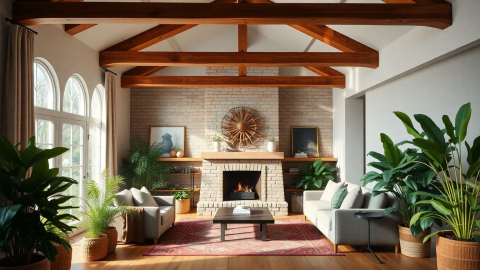
The Timeless Charm of English Countryside Interior Design
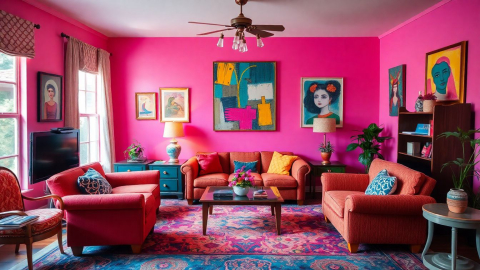
The Abstract Art of Interior Design: A Satirical Soirée Through Spatial Shenanigans
